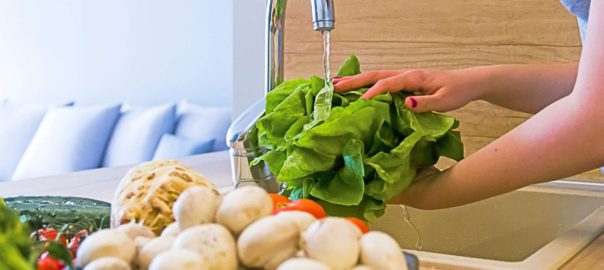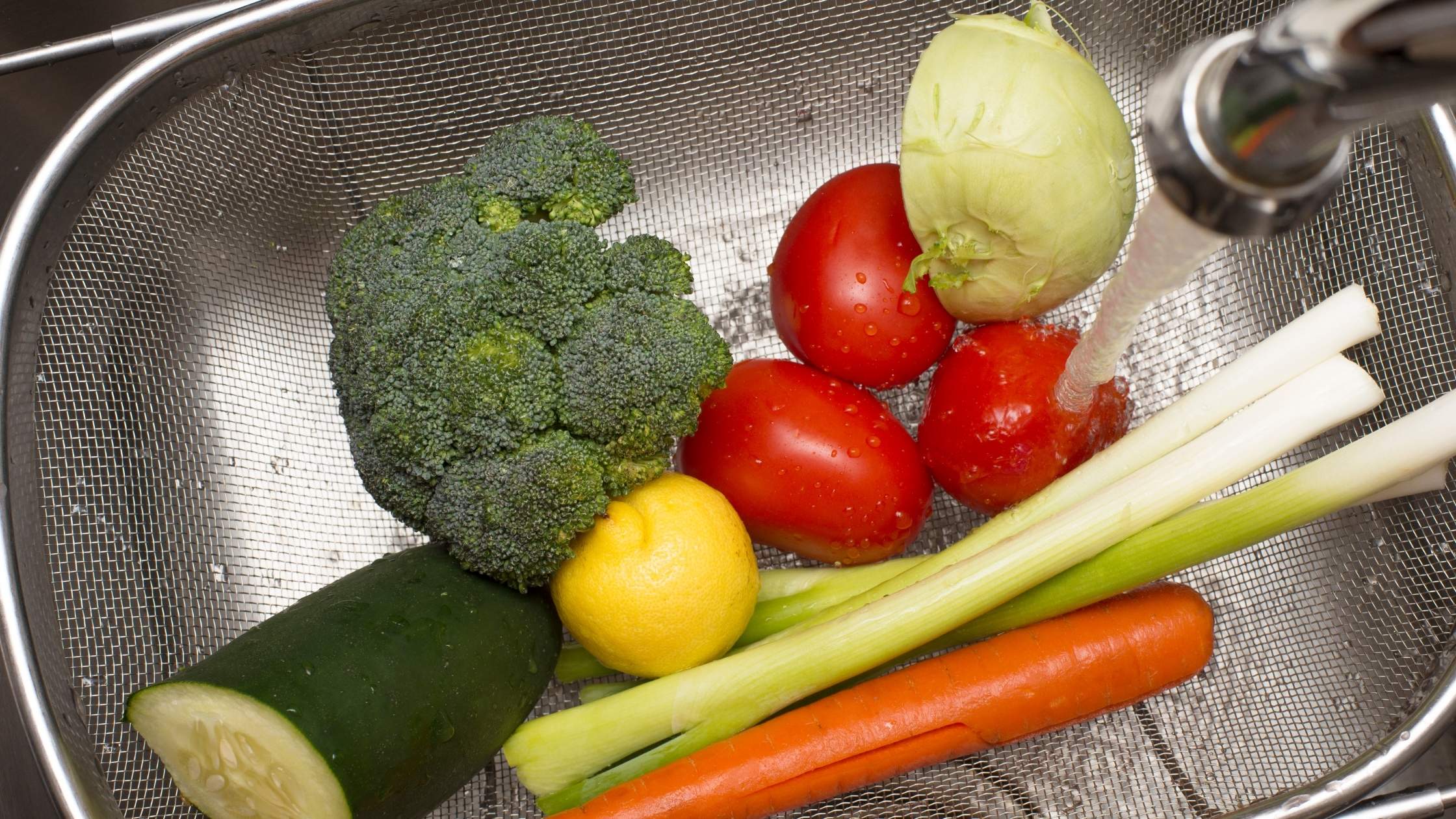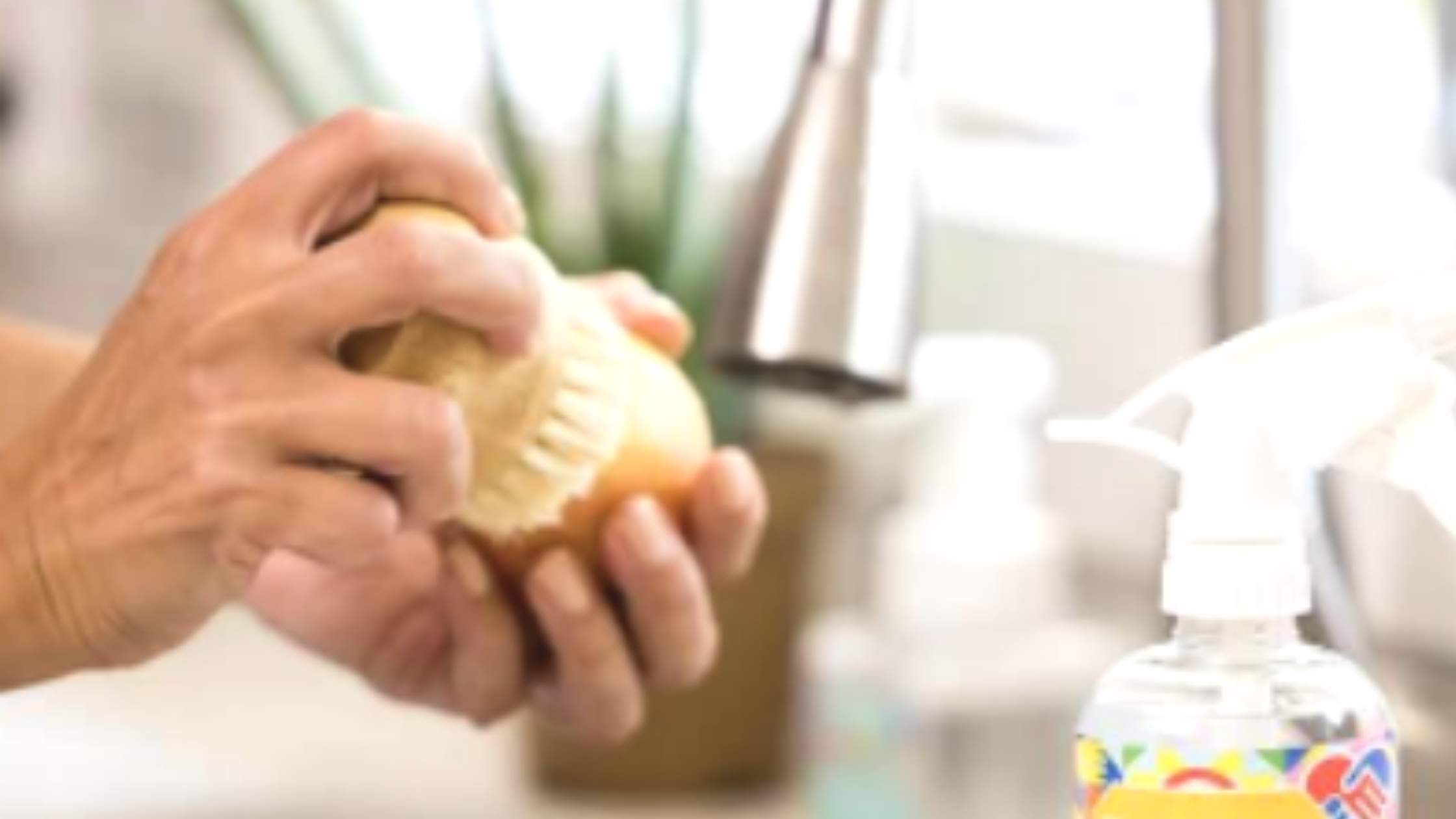Are you eating organic fruits and veggies?
“Seven of the top 10 leading causes of death in the United States are from chronic diseases. Eating a diet rich in fruits and vegetables daily can help reduce the risk of many leading causes of illness and death,” according to the Centers for Disease Control and Prevention (CDC).
Eating enough fresh produce is a great way to support your body and your immune system. As I've mentioned before, this is one food category where it makes sense to buy organic, especially for the Dirty Dozen.
Many vegetables and fruit have good levels of fiber for digestive support. They're also good sources of vitamins, minerals, and antioxidants. Not only are they good for your body, but they're also great for your appearance. Scientific studies show that people who eat more fresh fruits and veggies appear to be more attractive. All of which are good reasons to eat a lot of them.
Are you eating enough produce? 
It turns out that only 10% of all Americans are eating the proper amount of fresh fruit and vegetables. While there are a lot of people who are eating fruits and vegetables, they're just not eating enough of them.
The Institute for Functional Medicine suggests 5-7 servings of vegetables and up to 3 servings of fruit per day. Broken down by category it looks like this:
- Leafy greens - 3-4 cups per day – 1 cup is a serving. If you're going to cook them you need to measure them first. This category includes cabbage, kale, spinach, bok choy, swiss chard, dandelion greens, mustard greens, and turnip greens.
- Colorful veggies - 2-3 cups per day – ½ a cup is a serving. This category includes raw, steamed, or cooked vegetables like asparagus, broccoli, carrots, cabbage, eggplant, mushrooms, onions, etc.
- Fruits - ½ a cup (fresh or frozen) is a serving with a limit of 3 servings (1 ½ cups) per day. Dried fruit does not count due to its high sugar content. Your best option is to choose lower-glycemic fruits: cherries, grapefruit, peaches, nectarines, pears, apples, plums, strawberries, kiwi, blueberries, and blackberries.
The problem with your produce
While it's a good idea to add more fresh fruits and vegetables to your diet there's a problem. All that produce comes with agricultural exposures that can leave residues on your food. Things you can't see like bacteria, mold, contaminants from the soil, or the water used on the crops. Your eye can only see the fruit or vegetable, not the other stuff.
One possible source of contamination might be poor hygiene from agricultural workers. Sadly it can happen. And from planting to harvesting to packaging there's a lot of hands that are touching your food. Hands which you can't control.
Another source of agricultural junk on your food is the wax applied by the producers. This coating makes everything look shiny and helps to reduce shrinking and wilting. It's also used to help reduce scarring that can happen when produce is piled up on top of each other. Yes, it's an edible wax, but do you really want to eat it?
Do you have to clean everything?
At this point, you might be wondering if you need to clean all of your produce. My answer is a short and simple yes. Here's the longer explanation:
Any and all produce should be washed. Even if it's organic. Although the organic standards do not allow for certain pesticides and agricultural chemicals, there's still dirt, microbes, bacteria, and other contaminants. The need to wash produce is also important even if you bought it at the farmer's market or grew it at home.
One possible exclusion is bagged greens which may say triple washed on the container. Technically you don't need to wash these again. But if you're developing a habit it can't hurt to wash even the pre-washed stuff.
If you're going to cut and peel produce you want to wash it first. This is to remove any bacteria or other exposures that might be on the rind and then transferred by the knife to the flesh of produce. A prime example of this was the 2011 salmonella outbreak which was tied to cantaloupe.
The proper way to clean your produce
While it's not very appetizing to think about bacteria, dirty water, mold, or wax on your produce, you still need to eat more fresh fruits and vegetables. Just wash them first.
At this point, you may think you need to wash all of your produce as soon as you buy it. Actually, you shouldn't do that. If you wash it first, especially if it's something tender like strawberries, herbs, or greens, it can wilt faster. Also, certain bacteria can continue to grow even in the refrigerator. So it's best to wash your produce right before you're going to use it.
I don't mean a quick rinse-and-shake under the kitchen tap. I'm talking about a produce cleaner that can get rid of all of the icky stuff.
At which point you're probably thinking you can just buy one of those producer cleaners at the grocery store. You could. However, it turns out those commercial cleaners may not be too clean themselves.
One study done at the University of Maine’s Cooperative Extension Service showed chlorine was a common ingredient used in most produce cleaners. Yes, chlorine, as in bleach. But if you've ever read the bottle in your laundry room you'll know that it's a toxic product that you are not supposed to consume.
One CDC survey of consumer concerns regarding viral health issues showed almost 20% of those surveyed used bleach to clean their produce. Sadly the study also showed negative health reactions such as dizziness, headaches, nasal issues, and skin irritation, plus nausea or upset stomach. These health issues were linked to domestic use of cleaning products including “disinfecting” produce. Essentially pointing out that the use of bleach on food was not a good choice.
Skip the bleach for your fruits and vegetables and choose a non-toxic, plant-based cleaner.
Get more veggies
Don't just clean your veggies; as mentioned above you need to eat more of them. Here are some delicious suggestions for bumping your veggie intake:
- Breakfast – Cooked veggies can be a wonderful addition to almost any breakfast. They're delicious in omelettes or fabulous as a side dish for something else. A special weekend treat is this Sweet Potato Crockpot Breakfast Casserole.
- Grilling – We love grilling vegetables, especially in the summertime. You can also make extras so you have them on hand for a quick side dish or a snack.
- Smoothies – Don't just make a smoothie with fruit. Add some veggies and really bump up your nutrition like this Powerhouse Summer Smoothie Bowl which has kale and avocado in it.
- Soups – Bump up the nutrition and add extra vegetables to a soup such as this Instant Pot Summer Vegetable Soup.
- Sauces – Boost your veggie intake by adding them to sauces. You can add an amazing array of vegetables into a sauce such as carrots, celery, bell peppers, onions, mushrooms, zucchini, and leafy greens.
- Zoodles – Instead of pasta you can make zucchini noodles. They're fabulous and a great way to get a veggie bump in a recipe like my Zoodles and Sausage. You can also “zoodle” things like sweet potatoes, carrots, and beets for a delicious addition to salads or as a base for another dish.
Sources
- Aune, Dagfinn et al. "Fruit And Vegetable Intake And The Risk Of Cardiovascular Disease, Total Cancer And All-Cause Mortality—A Systematic Review And Dose-Response Meta-Analysis Of Prospective Studies". International Journal Of Epidemiology, vol 46, no. 3, 2017, pp. 1029-1056. Oxford University Press (OUP), doi:10.1093/ije/dyw319.
- Bolton, Jason, et al. Bulletin #4336, Best Ways to Wash Fruits and Vegetables. University of Maine Cooperative Extension Publications. 2020. https://extension.umaine.edu/publications/4336e/.
- "CDC Press Releases". CDC, 2016, https://www.cdc.gov/media/releases/2017/p1116-fruit-vegetable-consumption.html.
- Centerforfunctionalmedicine.Com, 2021. CORE Food Plan. https://centerforfunctionalmedicine.com/wp-content/uploads/2016/10/CoreFoodPlan-ComprehensiveGuide_v3.pdf.
- Cornell CALS. 2020 Worker Health, Hygiene, and Training. https://gaps.cornell.edu/educational-materials/decision-trees/worker-health-hygiene-and-training/.
- da Silva Dias, João Carlos, and Saeko Imai. "Vegetables consumption and its benefits on diabetes." Journal of Nutritional Therapeutics 6.1 (2017): 1-10.
- Food & Drug Administration. 7 Tips for Cleaning Fruits and Vegetables. 06/10/2018. https://www.fda.gov/consumers/consumer-updates/7-tips-cleaning-fruits-vegetables.
- Whitehead, R.D., et al. You Are What You Eat: Within-Subject Increases in Fruit and Vegetable Consumption Confer Beneficial Skin-Color Changes. PLOS One. Published: March 7, 2012. https://journals.plos.org/plosone/article?id=10.1371/journal.pone.0032988#s2.
- "Cantaloupe: Sometimes A Rough Fruit". Food Safety News, 2011, https://www.foodsafetynews.com/2011/03/cantaloupe-sometimes-a-rough-fruit/#.VoL6SKYarak.
- "Removal Of Trace Pesticide Residues From Produce". CT.Gov - Connecticut's Official State Website, 2021, https://portal.ct.gov/CAES/Fact-Sheets/Analytical-Chemistry/Removal-of-Trace-Pesticide-Residues-from-Produce.





